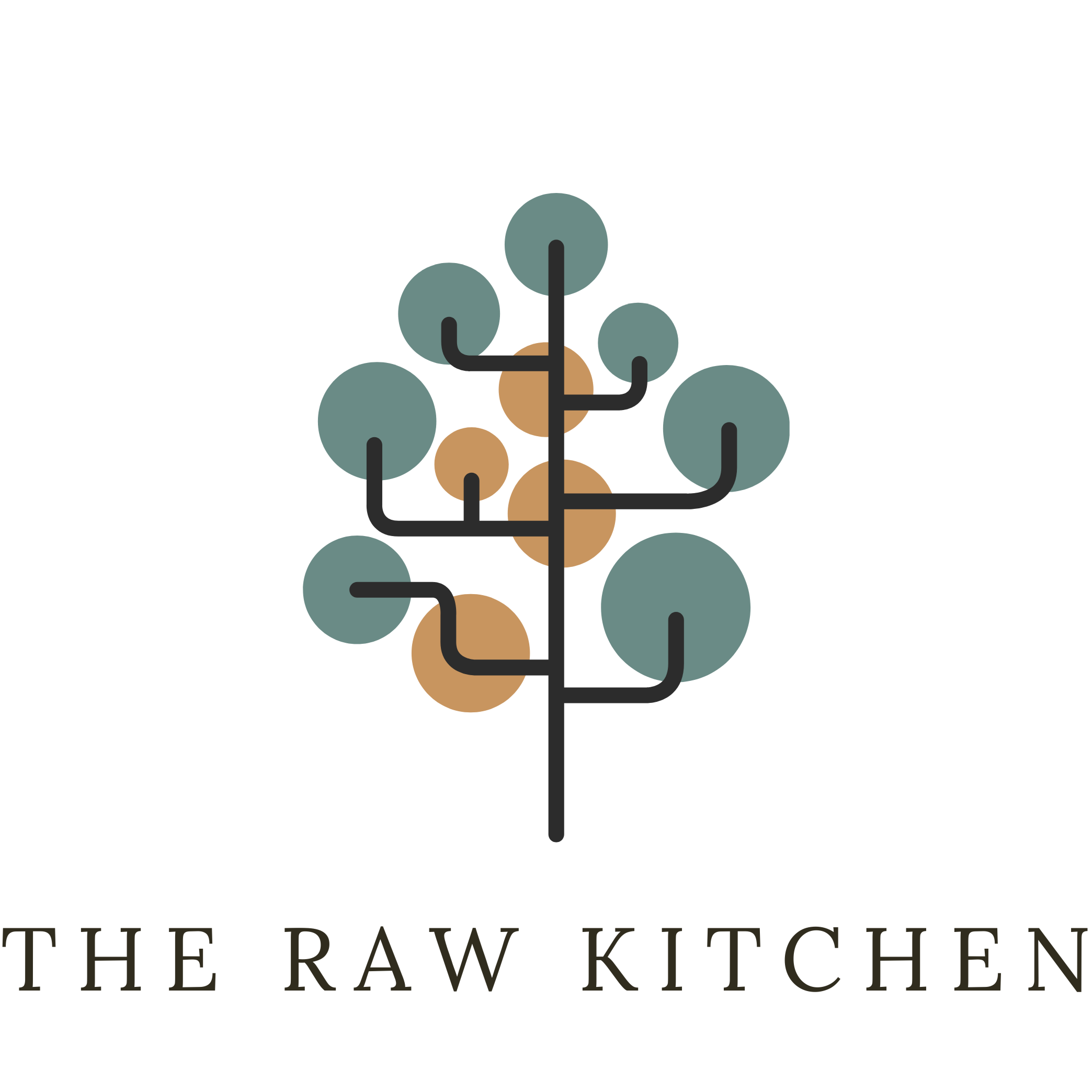
Mindful Eating: A Simple Way to Improve Your Health
In a world of fast food, constant distractions, and rushed meals, it’s easy to forget that eating is one of the most essential acts of self-care. Mindful eating encourages you to slow down, pay attention to your food, and listen to your body—transforming meals into a nourishing, enjoyable experience rather than just a routine.
Let’s explore how mindful eating can improve digestion, support weight management, and enhance your relationship with food.
What is Mindful Eating?
Mindful eating is about being present while eating—noticing the textures, flavours, and aromas of your food and recognising your hunger and fullness cues.
🚫 Mindless Eating: Eating while watching TV, scrolling on your phone, or rushing through meals without paying attention.
✅ Mindful Eating: Focusing on each bite, chewing slowly, and appreciating the nourishment your food provides.
By eating with awareness, you not only enjoy your meals more, but you also make better food choices and digest food more effectively.
The Benefits of Mindful Eating
✔ Better Digestion – Chewing thoroughly aids digestion and reduces bloating.
✔ Weight Management – Eating slowly prevents overeating by giving your body time to recognise fullness.
✔ Reduced Emotional Eating – Being mindful helps separate true hunger from emotional cravings.
✔ More Enjoyment – When you’re fully present, you savour your meals more, making each bite satisfying.
How to Practice Mindful Eating
1. Remove Distractions
Turn off the TV, put your phone away, and create a calm eating environment. This allows you to focus fully on your food.
2. Check in With Your Hunger
Before eating, ask yourself:
🔹 Am I truly hungry, or just bored or stressed?
🔹 How hungry am I on a scale of 1-10?
This helps you eat out of necessity rather than habit.
3. Engage Your Senses
Before taking a bite, observe your food:
✔ Notice the colours and textures.
✔ Take in the aromas.
✔ Pay attention to flavours and mouthfeel when you eat.
This simple step enhances the eating experience and encourages slower eating.
4. Chew Thoroughly
Digestion starts in the mouth, and proper chewing helps your body absorb nutrients more efficiently.
✅ Aim for 20-30 chews per bite before swallowing.
✅ This prevents overeating and makes food easier to digest.
5. Pause Between Bites
Instead of rushing, put your fork down between bites. Take a breath and let your body register fullness before continuing.
Recognising Fullness Cues
Halfway through your meal, pause and ask:
❓ Am I still hungry?
❓ Do I feel satisfied, or am I just eating because it tastes good?
Stopping when comfortably full prevents overeating and respects your body’s needs.
Practical Tips to Make Mindful Eating a Habit
🔹 Start Small: Choose one meal per day to eat mindfully.
🔹 Practice Gratitude: Take a moment before eating to appreciate your meal. Start with Bismillah for added mindfulness.
🔹 Control Portions: Serve smaller portions and go back for more if needed.
🔹 Mindful Snacking: Avoid eating straight from the bag—portion snacks and eat slowly.
Mindful Eating for Families
Teaching kids how to eat mindfully can help them develop a healthy relationship with food.
👨👩👧 Simple Family Mealtime Rituals:
✔ No screens at the table – Make mealtime a family connection time.
✔ Encourage slow eating – Teach kids to chew properly and listen to their hunger cues.
✔ Discuss the food – Talk about flavours, textures, and where the food came from.
Mindful eating isn’t just about food—it’s about fostering awareness, gratitude, and enjoyment at every meal.
Changing the Way You Eat for Better Health
Mindful eating isn’t a diet—it’s a long-term shift in how you approach food.
✅ By slowing down, engaging your senses, and tuning into hunger and fullness cues, you create a healthier, more enjoyable relationship with food.
✅ Start small, be patient, and watch how mindful eating transforms not just your meals, but your overall well-being.
Try it at your next meal, and experience the difference!



Leave a comment
This site is protected by hCaptcha and the hCaptcha Privacy Policy and Terms of Service apply.